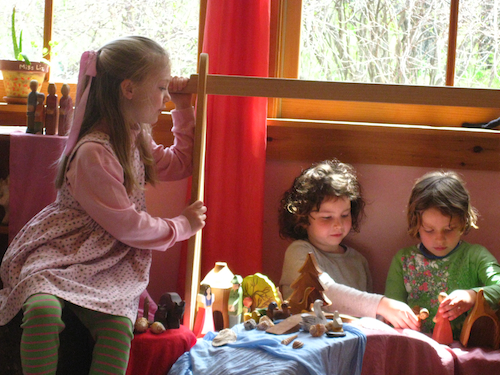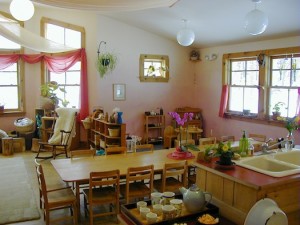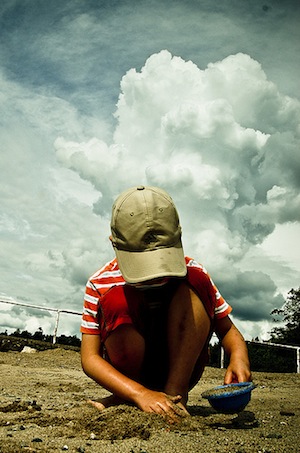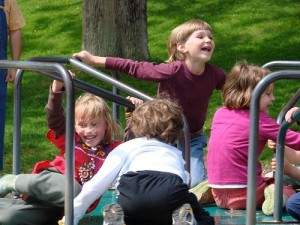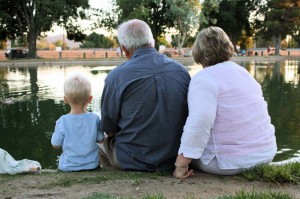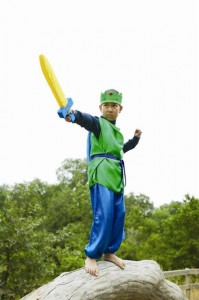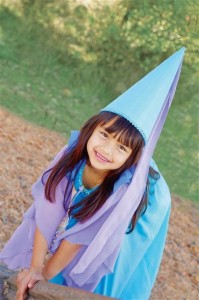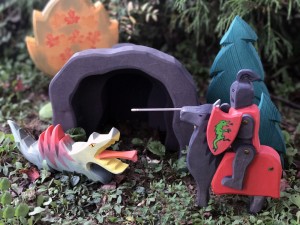On Saturday, I stopped by Free-Range Kids, one of my favorite blogs written by Lenore Skenazy, author of the book by the same name. I was delighted to find there a guest post by Mary O’Connell, a colleague and fellow board member of LifeWays North America. Mary offered an essay about the problem she has with sand tables being considered essential pieces of equipment in early childhood classrooms.
You can read Mary’s essay on Free-Range Kids here.
I was surprised at how many comments were left in relation to this post over the weekend, and astonished to discover how high emotions seemed to be running in defense of sand tables, and how much vitriol some people expressed toward outdoor sandboxes. Who knew? Readers defended the value of sand tables for giving children valuable sensory input (no argument there), but many of them also bashed sandboxes and playing in dirt as being impractical, messy and unsanitary. Having read most of the 90 follow-up comments, I thought many readers were missing Mary’s point, and offered the following comment of my own:
I am a Waldorf early childhood teacher. My take on the essay was not that Mary was condemning the sand table as detrimental for children, but rather that she was trying to raise our consciousness by asking if we are, in effect, replacing children’s outside play time in nature, by attempting to bring those experiences indoors.
Sand tables seem to have become de rigueur pieces of equipment in early childhood classrooms in recent decades. I’ve used a sand table at times, sometimes filled with sand, sometimes with beans, and the children enjoy it. There is nothing inherently wrong with a sand table (even though, Mary’s right that they DO make a mess!).
But I think that Mary’s point is that they shouldn’t become a substitute for the real thing. Children who are lucky enough to have plenty of time for outdoor play in nature will get all the sensory experiences they need in order to develop healthy brains and bodies — by digging in dirt, playing in sandboxes, wading in water, or climbing trees.
Some of us may teach in urban areas with no outdoor play space (but I wonder how many of us don’t even have a concrete playground with room for a covered sandbox). Some of us may live in apartment high-rises with no yard or outdoor space. If there is not even a park in your neighborhood where children can play outdoors, then a sand table could be considered a necessity. One might also want to have a sand table indoors during the cold winter months when the sandbox is frozen. But, in my opinion, sand table play is no substitute for being outside, digging, and making tunnels and mud pies in real dirt
And as to the animal feces argument against sandbox play, it is so easy to cover a sandbox with a tarp at the end of playtime. The children in my class would help with this task everyday. There are also covered sandboxes which are readily available. [Which I just so happen to carry at Bella Luna Toys!]
Just my two cents in defense of Mary’s original argument.
Dear Readers, have a look at Mary’s essay, and let me know what you think. On which side of the sand table do you stand?

